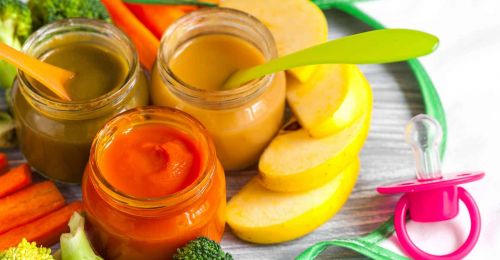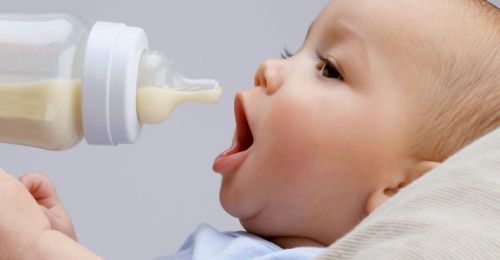The technology that guarantees the best absorption of Iron.
Find out moreChildren
Iron deficiencies and children: advice for children and adolescents
An adequate daily intake of iron is essential from childhood. Iron, in fact, is a very important nutrient for the normal physical and cognitive development of boys and girls.INCREASED IRON CONSUMPTION IN CHILDREN
During childhood and adolescence, our body uses iron to facilitate cognitive development and to support energy metabolism, as well as to facilitate the normal formation of red blood cells and haemoglobin. The immune system, which, during childhood and adolescence, is gradually becoming stronger, also needs iron for its normal functioning. It may happen, therefore, that the first years of life are characterised by an increased body demand for iron compared with what our body needs during adulthood.
IRON INTAKE IN CHILDREN STARTS WITH DIET
Children are often a little difficult when it comes to diet. However, it is important to set a healthy and balanced diet from an early age, which guarantees an adequate supply of all the nutrients necessary for the body’s physical and cognitive growth and development. Even during adolescence, it is important to maintain a varied and balanced diet to provide the growing body with the correct amount of iron daily. In the case of girls, there are certain physiological conditions, such as a heavy menstrual cycle that can cause iron deficiency and, in the most extreme and prolonged cases, low serum iron and low haemoglobin.IRON FOR CHILDREN: WHEN A SUPPLEMENT IS NECESSARY
Under normal health conditions, a varied and balanced diet is sufficient to provide the body with the right amount of iron daily. In some cases, however, there might be a deficiency or increased need for iron related to specific physiological (menstrual cycle) or pathological conditions (bleeding, malabsorption related to specific diseases). The use of a food supplement, together with a balanced diet, may be useful in case of iron deficiency or increased needs. The SiderAL® range of food supplements is designed to supplement iron in case of deficiency or increased needs for this nutrient.Want to know more?
Read the latest tips on iron and children:Iron for children: when is it needed?
Iron is an essential nutrient at all ages, but it plays a fundamental role especially durin…
Low iron in children: causes and remedies
Iron is a very important nutrient to support children’s growth. Under normal health conditi…
Sucrosomial Iron-based supplements for children. What are they for? What are the advantages?
The SiderAL® range of dietary supplements also includes some specific nutritional supplemen…
Low haemoglobin in children: let’s learn how to recognise it and keep normal values under control
What do we mean when we talk about low haemoglobin in children?
Haemoglobin is a p…
What are the symptoms of iron deficiency in children?
Iron is an essential nutrient for the body at all ages. Children and adolescents, however, …
Which iron-rich foods are most suitable for children?
Iron is an essential mineral for the normal psychophysical development of children and adol…
PharmaNutra Spa
Registered Office Via Delle Lenze, 216/b 56122 Pisa
Tel. +39 050 7846500
Fax +39 050 7846524
C.F. / P.Iva / Reg. Impr. 01679440501
Cap.Soc. € 1.123.097,70
I.V. | REA 146259
pharmanutra.it
Copyright © - Pharmanutra SpA. All Rights Reserved.






